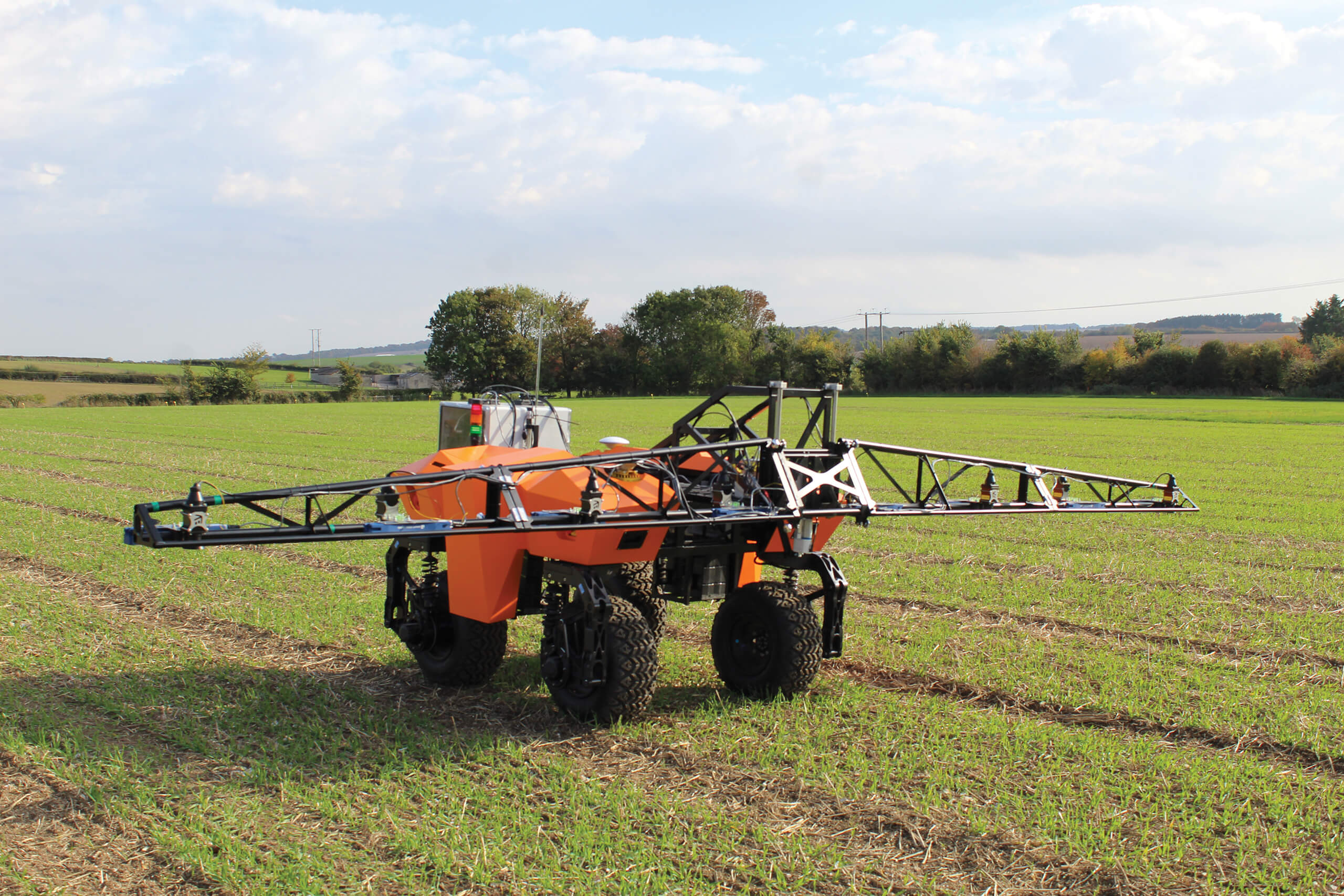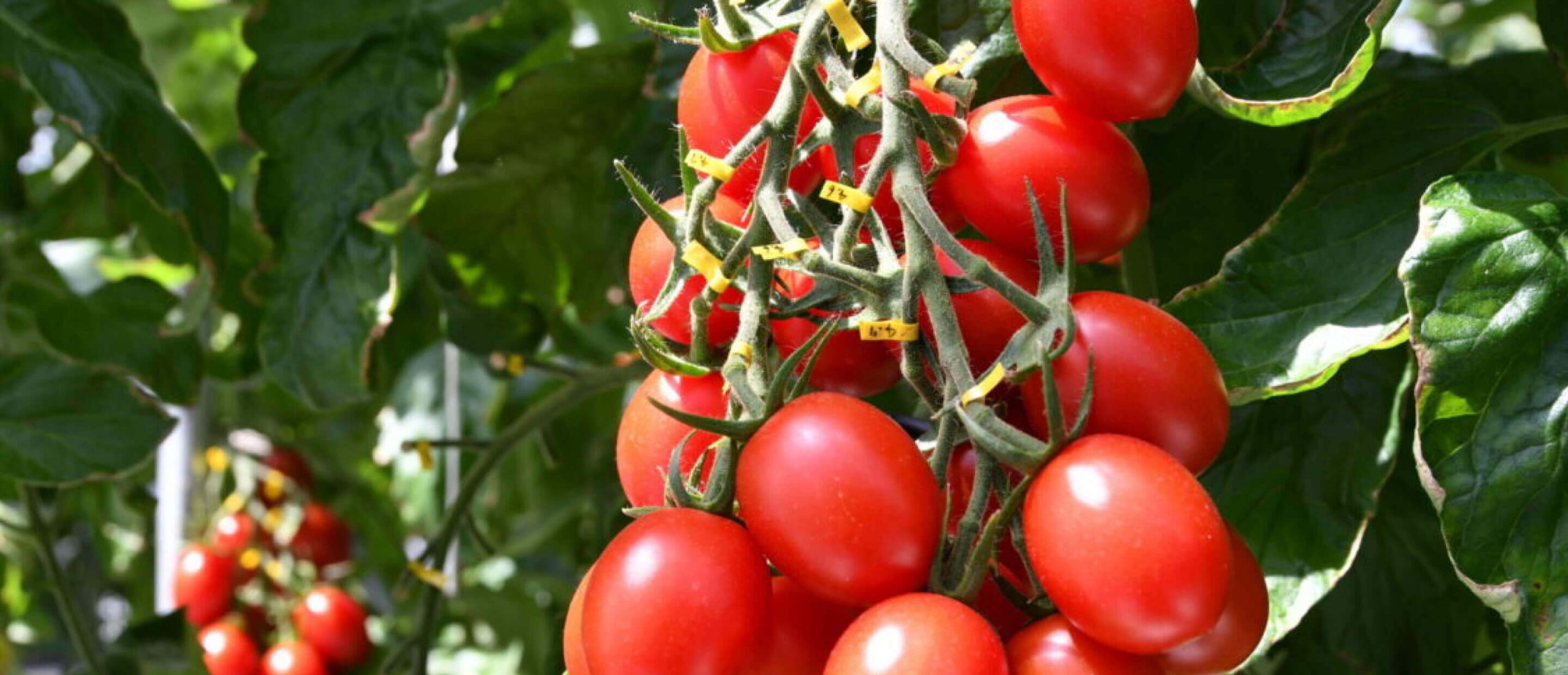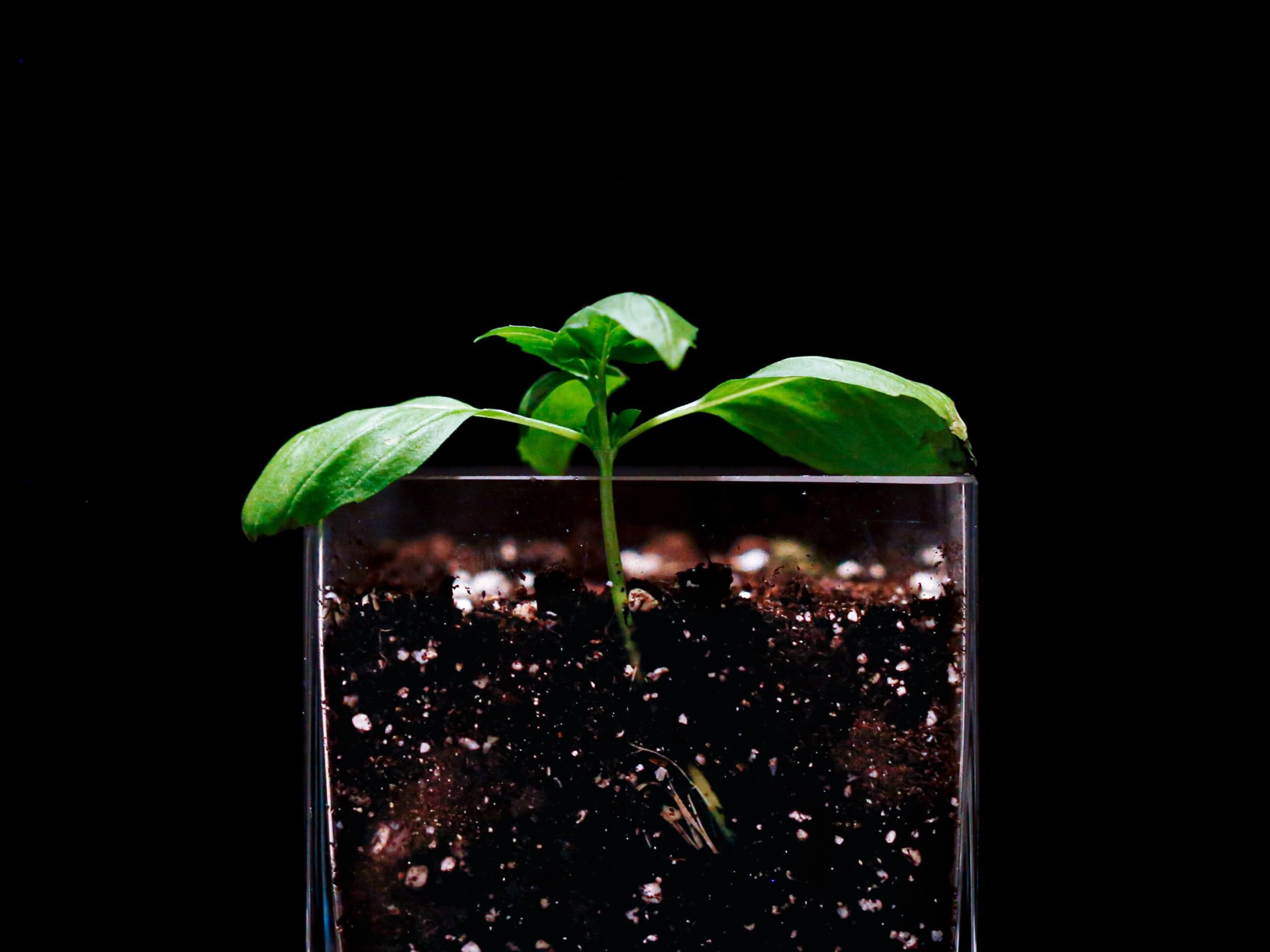
Managing water is a critical part of growing crops but how it moves once it falls on the earth affects us all.
A relatively unsung heroic aspect of soil health is the impact on hydrology. Hydrology is the study of all of the physical and chemical processes related to the movement of water on, above, and below the earth’s surface. Recently, the Council for Agricultural Science and Technology (CAST) published a review to fill the gap in our understanding of how soil health practices affect hydrological processes.
“Soil health becomes important as soon as a raindrop hits the soil,” explains study leader Dr. Briana Wyatt, Assistant Professor at Texas A&M University. “It influences how hard that impact is, how much erosion it creates, and where that tiny drop of water ends up. After a drop of rain has hit the soil, it can do one of two things: infiltrate into the soil or run off.”
Wyatt explains that good soil health practices increase the stability of soil structure and increase soil organic matter, helping retain more water and reducing soil loss due to the impact of rainfall. Enhancing the soil’s sponge-like quality becomes increasingly important as extreme weather is projected to become more frequent.
“To prevent erosion, flooding, and to store water for crops, keeping rainwater where it falls is the more desirable outcome,” says Wyatt.
By improving infiltration of water, the 880 million acres of U.S. farmland has the potential to play a major role in limiting the worst outcomes of heavy downpours – not just limiting the quantity of water runoff, but also influencing water quality, particularly important in watersheds.
Keeping water where it lands
Improving soil health enhances the capacity of soil to act as a sponge. One acre-foot of soil can hold an extra 16,500 gallons of plant-available water for every 1% increase in soil organic matter.



